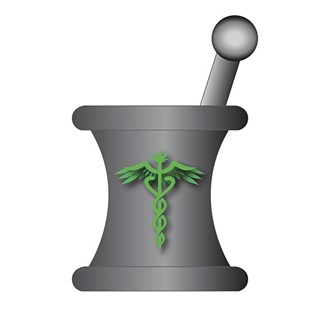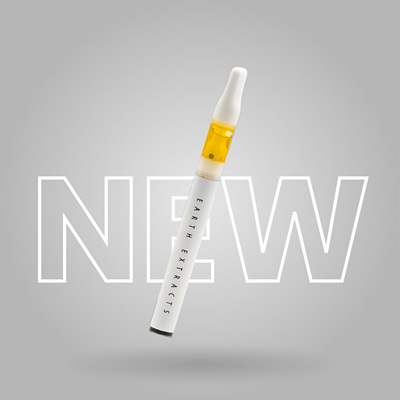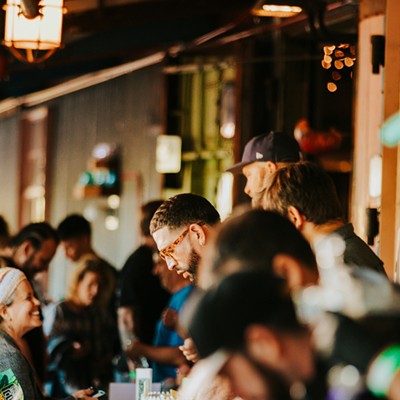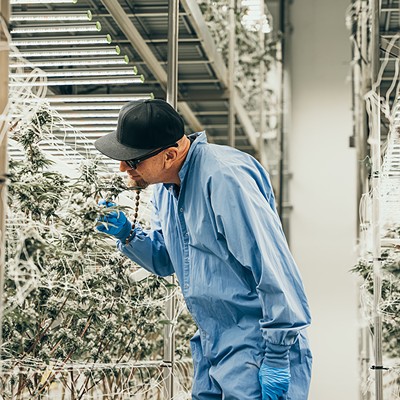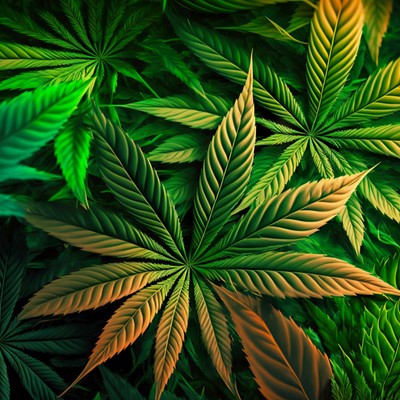I work out a lot.
I'm a bit of a fitness buff who took a year off recently to study exercise science in college—real college, not a set of personal-training books I ordered on the Internet. So I'm a fitness buff and a bona fide, qualified fitness expert ... but I smoke. It's not cigarettes, it's cannabis, so I only smoke eight or 10 hits per day, but I undeniably breathe in a lot of cancer-causing agents and tar and ash and other bullshit I'd rather not breathe. It's annoying and filthy, and I know it's doing absolutely nothing to better my life in any way. I stress a little over smoking, but it's arguably the fastest, most convenient way to get cannabis into the nerve center.
Tinctures might be my salvation.
A lot of people know cannabinoids, including THC and CBD, are fat soluble. That's why you can cook cannabis down in butter and use it to make brownies or chocolates or other goodies. But cannabinoids are also alcohol soluble, which is how you make tinctures, which are basically cannabinoids in alcohol solution. There are numerous ways to make tinctures, but all involve getting cannabis into a solvent, then letting the solvent leach the active ingredients out of the plant matter. You can use glycerin or alcohol. Glycerin is good if you don't want to take in even tiny amounts of alcohol, but it takes twice as long to dissolve the cannabinoids.
Alcohol is more convenient and a more common method—one you can do at home. Virtually any alcohol will do, but the higher the alcohol content, the better it works. Everclear at 190 proof is a common choice, but you can also use Smirnoff's Vanilla vodka or anything else. When you're done, you wind up with a liquid that contains very concentrated amounts of cannabinoids. A friend of mine recently had a lab test the wax he uses to make tinctures—it worked out to 41 mg THC per dose.
His patients swear by it.
"Most of my patients are over 60 years old, and a couple of them are over 80. These people don't want to smoke cannabis," he said.
Simple tinctures are pretty easy to make. The easiest method is to mix three parts of finely ground cannabis with one part alcohol in a sealed container, then wait two weeks, shaking the jar a couple of times per day. You can make more effective tinctures by heating the cannabis first, which converts the cannabinoids to more readily absorbed forms, or by using hash oil or wax instead of buds or trim. There are dozens of subtly different methods all over the Internet. Some folks (like my caregiver friend) don't like to reveal their exact recipes.
If you've ever eaten a cannabis cookie or brownie, you know basically how tinctures work. It's pretty much the same as any edible, though there are differences. When you eat cannabis, your body absorbs it less directly than when you smoke it, because the lungs send the cannabinoids directly to the bloodstream. If you let a tincture rest under your tongue, it works faster because it gets directly into your blood and thus more directly into your skull.
My caregiver friend offers his to patients at $100 per ounce, which works out to maybe a two-week supply if you use it strictly medicinally. That's not much more than smoking.
Um, and it's not smoking. ;)

